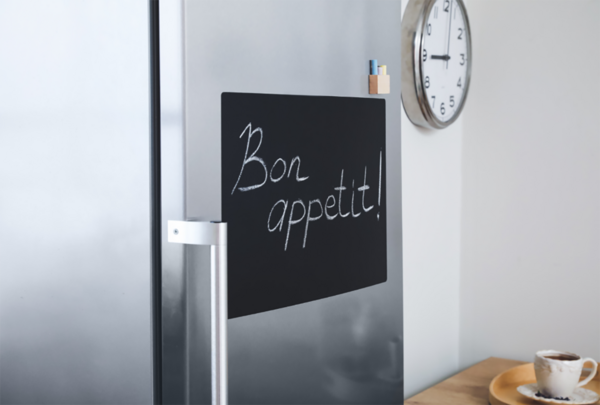

Here’s a fast fact: Each year, nearly one-third of all food products purchased in the United States is wasted. The vast majority of these products end up in landfills, where the food is unable to decompose properly and creates a powerful greenhouse gas called methane. Plus, each discarded item is a missed opportunity to nourish and strengthen our communities — a gift left unopened.
What people buy, eat and throw away is largely under individual control, and refining your habits could help build a healthier planet.
If you are in a position where you find yourself tossing leftovers or spoiled produce each week, keeping an inventory of what’s in your refrigerator, freezer and pantry may help.
I keep a dry erase board on my fridge that I use to plan all of the meals for the week, as well as a list of leftovers and perishable ingredients that need to be eaten. I also keep my receipts from all grocery runs on the fridge and cross off the items I have purchased as they are used. This is doubly motivating, as I can see the actual cost of wasting something. My husband and I treat this as a challenge to make sure we have as little food waste as possible.

What helps me: refrigerator-mounted magnetic whiteboard, Vejibags
Caitlin Jacobs is the sustainability program manager in the Office of Sustainability. You can find more sustainable living ideas on the Vatican’s new Laudato Si' Action Platform.
Originally published by at ndworks.nd.edu on November 30, 2021.